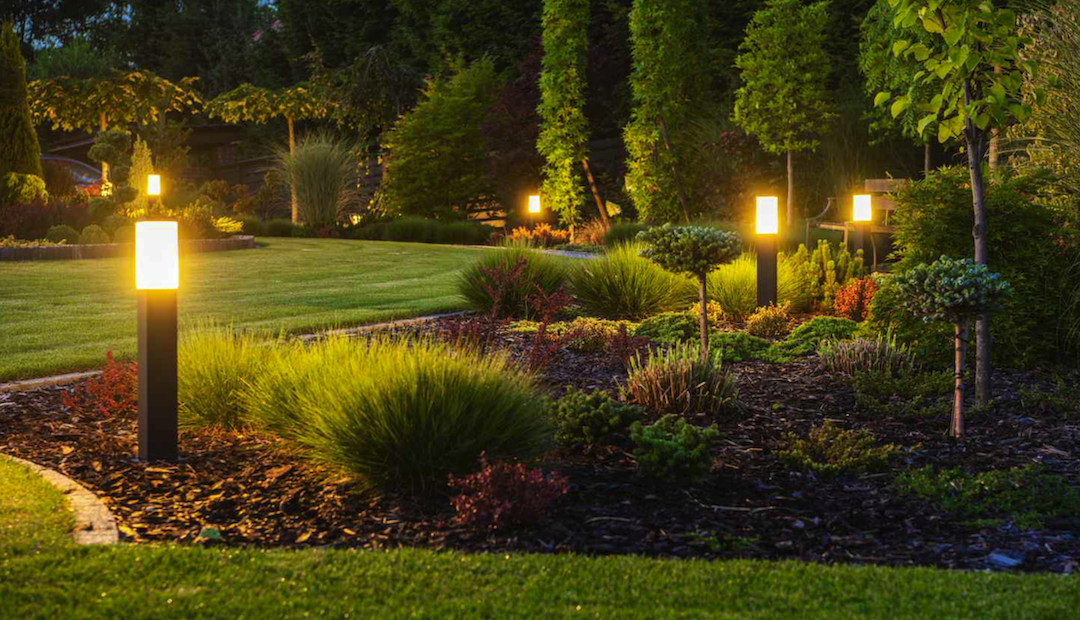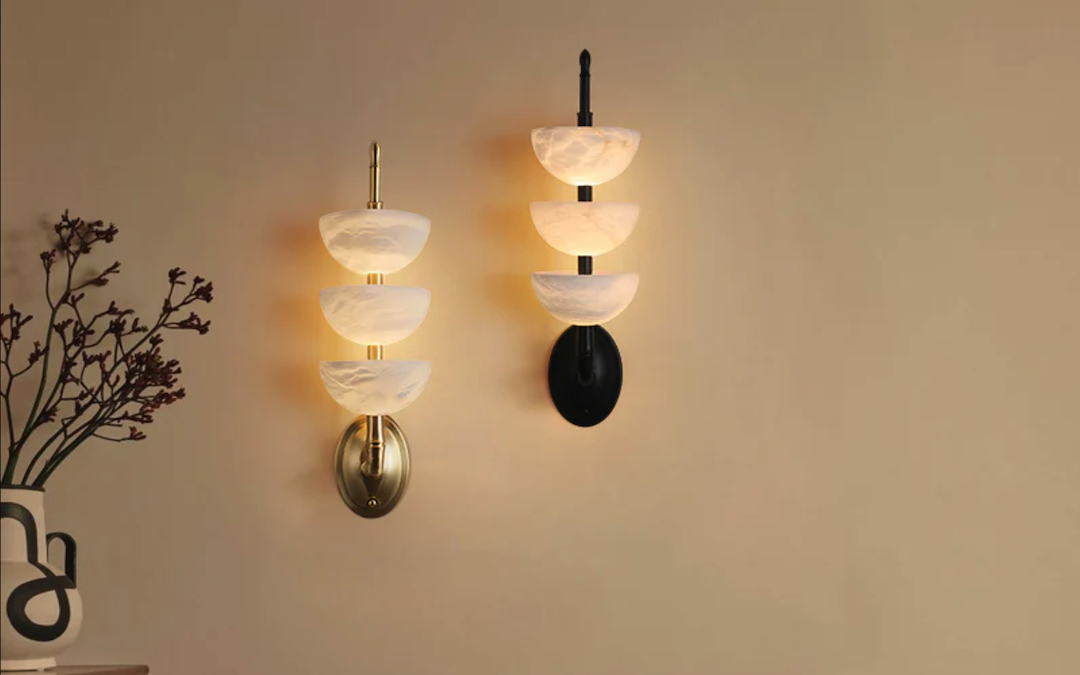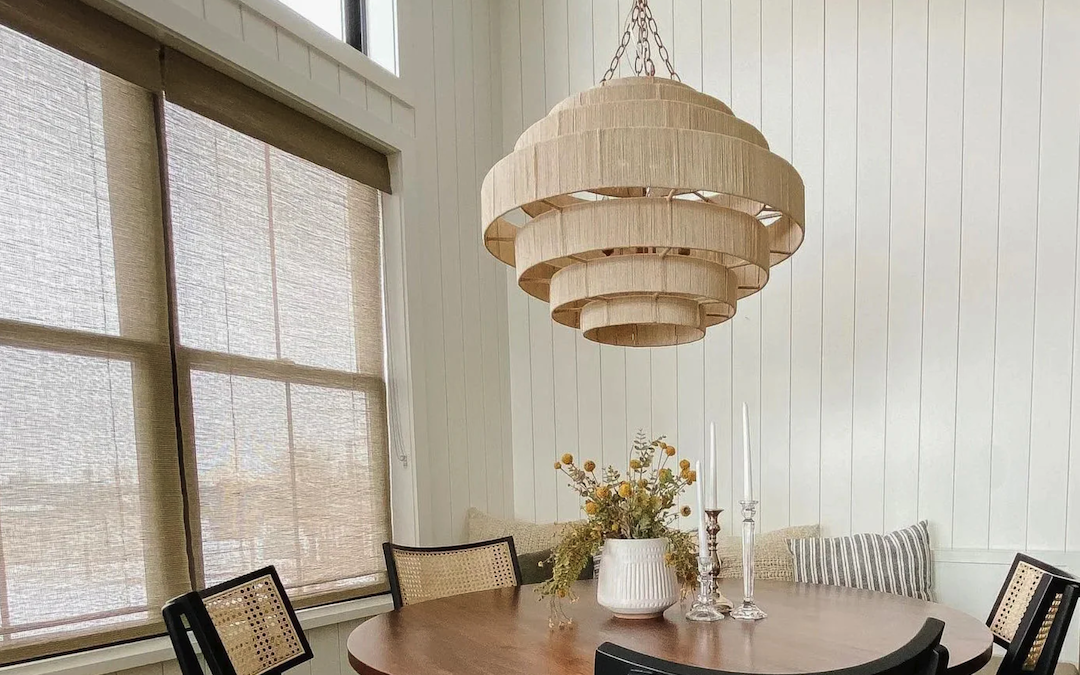
Enhance Your Garden Paths with Warm Lighting
The significance of lighting in garden paths cannot be overstated. It serves not only a functional purpose but also enhances the aesthetic appeal of outdoor spaces. Properly illuminated pathways guide visitors safely through gardens, ensuring that they can navigate without stumbling over uneven surfaces or hidden obstacles.
This is particularly crucial during evening gatherings or events when natural light is absent. A well-lit path can transform a simple garden into an inviting and enchanting space, encouraging exploration and enjoyment of the landscape. Moreover, lighting plays a pivotal role in highlighting the unique features of a garden.
It can accentuate the textures of plants, the contours of the landscape, and even architectural elements such as trellises or sculptures. By strategically placing lights Ninpodesign along garden paths, homeowners can create a sense of depth and dimension, drawing attention to specific areas while providing a warm and welcoming ambiance. This not only enhances the visual appeal but also contributes to the overall atmosphere of tranquility and relaxation that gardens are meant to evoke.
Types of Warm Lighting for Garden Paths
When it comes to selecting warm lighting for garden paths, several options are available, each offering distinct advantages. One popular choice is LED lighting, which has gained traction due to its energy efficiency and longevity. Warm white LED bulbs emit a soft glow that mimics traditional incandescent lighting while consuming significantly less energy.
This makes them an ideal choice for homeowners looking to create an inviting atmosphere without incurring high electricity costs. Another option is solar-powered lights, which harness sunlight during the day to illuminate pathways at night. These lights come in various styles, from stake lights that can be easily inserted into the ground to decorative lanterns that add a touch of charm.
Solar lights are particularly appealing for those seeking an eco-friendly solution, as they require no wiring and can be placed anywhere sunlight reaches. Additionally, many solar lights now feature warm white LEDs, ensuring that the illumination remains soft and inviting.
Placement and Design of Garden Path Lighting
The placement and design of garden path lighting are crucial for achieving both functionality and aesthetic appeal. A common approach is to install lights along the edges of the path, ensuring that they are spaced evenly to provide consistent illumination. This not only enhances safety but also creates a visually pleasing line of light that guides visitors through the garden.
The height at which lights are installed can also impact their effectiveness; lower fixtures tend to create a more intimate atmosphere, while taller ones can cast light over a wider area. In terms of design, homeowners have a plethora of options to choose from. For instance, lantern-style fixtures can evoke a classic or rustic feel, while sleek, modern designs may suit contemporary gardens better.
Incorporating different types of fixtures—such as wall-mounted sconces or recessed lighting—can add layers to the overall lighting scheme. Additionally, using dimmable lights allows for flexibility in ambiance; brighter settings can be used for gatherings, while softer settings create a more relaxed environment for quiet evenings.
Benefits of Warm Lighting in Garden Paths
Warm lighting offers numerous benefits that extend beyond mere aesthetics. One of the primary advantages is its ability to create a welcoming atmosphere. The soft glow of warm light can evoke feelings of comfort and relaxation, making outdoor spaces more inviting for family and friends.
This is particularly important for social gatherings or evening events where guests may linger outdoors. The right lighting can encourage conversation and connection, enhancing the overall experience. Furthermore, warm lighting has been shown to have psychological benefits.
Studies suggest that warm light can reduce stress and promote feelings of well-being. In a garden setting, where individuals often seek solace from the hustle and bustle of daily life, this effect can be particularly pronounced. By incorporating warm lighting into garden paths, homeowners can create an environment that fosters tranquility and encourages mindfulness, allowing individuals to unwind and reconnect with nature.
Energy-efficient Options for Garden Path Lighting
As environmental concerns continue to rise, energy-efficient options for garden path lighting have become increasingly popular. LED lights stand out as one of the most efficient choices available today. They consume significantly less energy than traditional incandescent bulbs while providing the same level of brightness.
Additionally, LED lights have an impressive lifespan, often lasting up to 25 times longer than their incandescent counterparts. This longevity not only reduces waste but also minimizes the frequency of replacements, making them a cost-effective solution in the long run. Another energy-efficient option is solar-powered lighting.
These fixtures utilize photovoltaic cells to convert sunlight into electricity, allowing them to operate without drawing power from the grid. Solar lights are particularly advantageous for garden paths because they require no wiring or installation costs; simply place them in areas that receive adequate sunlight during the day. Many modern solar lights now come equipped with LED technology, ensuring that they emit warm light while remaining energy-efficient.
DIY Ideas for Adding Warm Lighting to Garden Paths
For those who enjoy hands-on projects, there are numerous DIY ideas for incorporating warm lighting into garden paths. One popular approach is creating homemade lanterns using mason jars or other glass containers. By placing LED tea lights inside these jars and hanging them along the path or placing them on stakes, homeowners can achieve a charming and whimsical effect.
This not only adds warmth but also allows for customization in terms of color and design. Another creative DIY option involves repurposing old items into unique light fixtures. For example, using vintage teacups or tin cans can result in eye-catching lanterns when fitted with small LED bulbs or candles.
These personalized touches not only enhance the garden’s character but also provide an opportunity for individuals to express their creativity and style. Additionally, string lights can be draped along fences or trees adjacent to the path, creating a magical atmosphere reminiscent of fairy tales.
Safety Considerations for Garden Path Lighting
While aesthetics and ambiance are important aspects of garden path lighting, safety should always be a top priority. Ensuring that pathways are well-lit is essential for preventing accidents and injuries, especially in areas with uneven terrain or steps. When selecting lighting fixtures, it is crucial to choose those that provide adequate illumination without creating harsh glare or shadows that could obscure potential hazards.
Furthermore, it is advisable to consider weather-resistant fixtures when installing outdoor lighting. Pathway lights should be designed to withstand various environmental conditions such as rain, snow, and extreme temperatures. Using materials like stainless steel or durable plastics can enhance longevity and reduce maintenance needs over time.
Additionally, ensuring that all electrical components are properly sealed and protected from moisture will help prevent malfunctions and ensure safe operation.
Maintenance and Care for Garden Path Lighting
To keep garden path lighting functioning optimally and looking its best, regular maintenance is essential. For solar-powered lights, this often involves cleaning the solar panels periodically to ensure they receive maximum sunlight exposure. Dust, dirt, or debris can accumulate on the panels over time, reducing their efficiency and overall performance.
A simple wipe with a damp cloth can restore their functionality. For electric fixtures, checking connections and replacing burnt-out bulbs should be part of routine maintenance. Inspecting wiring for signs of wear or damage is also crucial to prevent electrical hazards.
Additionally, seasonal maintenance may include trimming back foliage that could obstruct light sources or adjusting fixtures that may have shifted due to weather conditions. By investing time in maintenance, homeowners can ensure their garden path lighting remains both beautiful and functional throughout the seasons.



